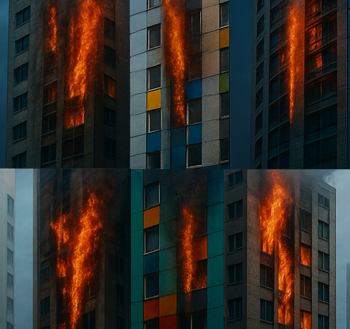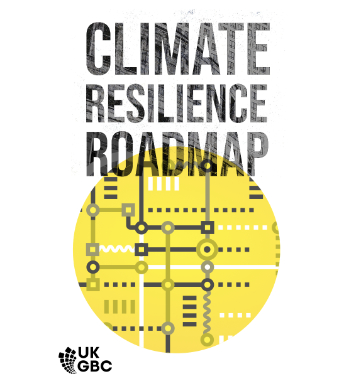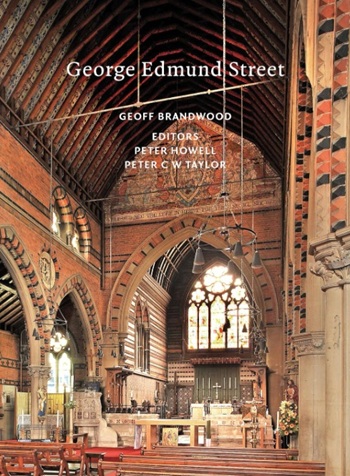Feedback loops
In climate change science, a feedback loop is something that speeds up or slows down a warming trend. A positive feedback loop accelerates a temperature rise, so might be seen as having negative impacts, whereas a negative feedback loop slows it down, so might be seen positively. Scientists have identified several positive as well as negative feedbacks loops in the climate system.
[edit] Negative feedback loops
- As ice sheets melt more, water vapour in the atmosphere increases cloud cover which reflects more incoming solar radiation, less heat absorption on Earth’s surface.
- Higher concentrations of carbon dioxide means plants have greater possibilities for photosynthesis, so the Earth will become greener.However this would not continue indefinitely and temperature change will also effect growth.
- Blackbody radiation means as the Earth's temperature rises it will release more radiation outward, which will have an overall cooling effect.
- The atmosphere can retain more moisture at warmer temperatures, which means higher rainfall, but ocean patterns would change as a result causing rain to fall more in certain places.
- Chemical weathering can create carbon dioxide sinks. Increased levels of carbon dioxide and water increases carbonic acid which is an element of chemical weathering in rocks which is a sink for atmospheric carbon dioxide, this in effect leads to cooling.
- The oceans serve an important role in regulating carbon dioxide by dissolving it in water, as sea levels increase greater volumes are available to regulate to a greater extent.
- Climate models indicate that global warming will reduce the relationship between temperature increase and altitude with height, referred to as the lapse rate. This will decrease the impacts of the greenhouse effect.
[edit] Positive Feedback loops
- As permafrost in areas like the Arctic tundra melt, significant amounts of methane will be released in turn increasing temperature rise.
- As ice melts large areas loose their ability to reflect the sun as they become water, which is darker and absorbs more heat increasing localised temperatures, causing more melting.
- As ice sheets melt, they release freshwater into the oceans which upsets the ocean conveyor belt by slowing downflow in the Atlantic Ocean.
- As sea levels rise, it can increase glacier carving and thus more glaciers are broken into smaller pieces and melt.
- As the heating of bogland occurs in wetland areas, greater levels of methane will be released.
- New unpredictable weather patterns causing drought and extreme temperatures increasing numbers of forest fires and desertification, this reduces the possibilities for forested regions to be carbon sinks.
- Gas hydrates in shallow water, which stores significant levels of methane, as this warms the methane will be released.
See also: Climate feedback.
[edit] Related articles on Designing Buildings
Featured articles and news
Homes England supports Greencore Homes
42 new build affordable sustainable homes in Oxfordshire.
Zero carbon social housing: unlocking brownfield potential
Seven ZEDpod strategies for brownfield housing success.
CIOB report; a blueprint for SDGs and the built environment
Pairing the Sustainable Development Goals with projects.
Types, tests, standards and fires relating to external cladding
Brief descriptions with an extensive list of fires for review.
Latest Build UK Building Safety Regime explainer published
Key elements in one short, now updated document.
UKGBC launch the UK Climate Resilience Roadmap
First guidance of its kind on direct climate impacts for the built environment and how it can adapt.
CLC Health, Safety and Wellbeing Strategy 2025
Launched by the Minister for Industry to look at fatalities on site, improving mental health and other issues.
One of the most impressive Victorian architects. Book review.
Common Assessment Standard now with building safety
New CAS update now includes mandatory building safety questions.
RTPI leader to become new CIOB Chief Executive Officer
Dr Victoria Hills MRTPI, FICE to take over after Caroline Gumble’s departure.
Social and affordable housing, a long term plan for delivery
The “Delivering a Decade of Renewal for Social and Affordable Housing” strategy sets out future path.
A change to adoptive architecture
Effects of global weather warming on architectural detailing, material choice and human interaction.
The proposed publicly owned and backed subsidiary of Homes England, to facilitate new homes.
How big is the problem and what can we do to mitigate the effects?
Overheating guidance and tools for building designers
A number of cool guides to help with the heat.
The UK's Modern Industrial Strategy: A 10 year plan
Previous consultation criticism, current key elements and general support with some persisting reservations.
Building Safety Regulator reforms
New roles, new staff and a new fast track service pave the way for a single construction regulator.






















